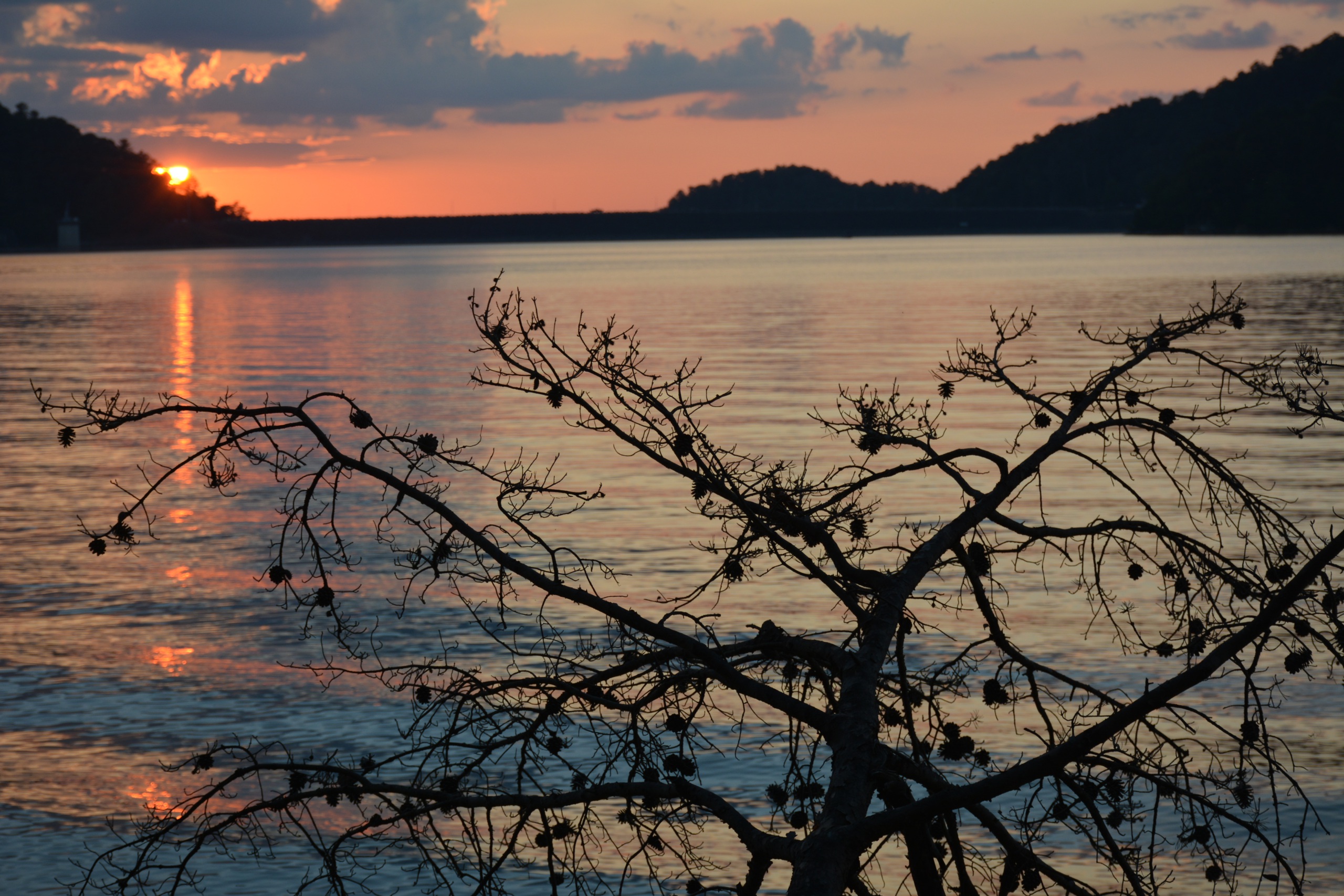Is Virginia’s Water Safe?
Virginia contains 3,285 square miles of perennial surface water, which makes up nearly 8% of the entire state. Unfortunately, much of this water is polluted and unsafe for humans and wildlife. So which bodies of water in Virginia are at risk, and what is being done to protect them?

Virginia contains 3,285 square miles of perennial surface water, which makes up nearly 8% of the entire state. Unfortunately, much of this water is polluted and unsafe for humans and wildlife. So which bodies of water in Virginia are at risk, and what is being done to protect them?
This summer, a public health advisory was announced for harmful algae blooms in the Shenandoah River. The harmful toxins produced by this algae can cause gastrointestinal sickness and skin rash in humans, and can even kill pets and other animals that drink from the contaminated water. The primary cause of these blooms is nutrient-rich runoff from fertilizer and manure used for agriculture operations. The runoff contains high amounts of nitrogen and phosphorus, which are deposited into nearby bodies of water such as the Shenandoah River. The effects of climate change also fuel algae growth, as the blooms flourish in warmer weather.
Algae overgrowth is not a new issue in Virginia. In 2017, the Shenandoah and Potomac Riverkeeper Networks filed a lawsuit against the EPA, demanding that they address the issue of excessive algae pollution. While the most recent advisory was lifted on September 21, the issue is sure to arise again in the future if efforts are not made to prevent excess nutrients from entering the river.
The Shenandoah is not the only threatened river in Virginia. In Virginia Beach, the Lynnhaven River has suffered from pollution and overharvesting for over a decade. As a result, the once-abundant oyster population has been depleted and invasive plant species have replaced native ones. Additionally, locals who once had access to the water have lost it due to overgrowth. Just a few weeks ago, the Lynnhaven River Basin Ecosystem Restoration Project kicked off. The main goals of this $34 million restoration project are to rebuild oyster reefs, restore wetlands, and replace aquatic vegetation. Years of damage from human development cannot be undone overnight, but with the help of Virginia Beach and partners, there is hope for the future of the Lynnhaven River.
Another huge threat to water in Virginia is chemical pollutants. Earlier this year, a report found that high levels of PFAS, also known as “forever chemicals,” were present in tap water in Northern Virginia as high as 62.4 parts per trillion. While there are currently no legal limits for PFAs in water, recommended levels range from 1 to 70 parts per trillion. While the exact source of the contamination is uncertain, Northern Virginia’s water is drawn from the Potomac and Occoquan Rivers.
PFAS are most often found in water, heat, and stain-resistant products, such as non-stick pots and pans. These toxic chemicals never break down and can accumulate in the body for years.
According to the EPA, PFAS can have severe health consequences, including low birth weights, hormone disruption, and even cancer. A proposed Fifth Unregulated Contaminant Monitoring Rule (UCMR 5) would require that all 29 known PFAS found in drinking water are measured. While this rule would not come into effect until 2023, efforts to reduce the spread of PFAS should be made in the meantime.
According to a recent survey, 82 percent of Virginia voters support strengthening water infrastructure. Luckily in July, Virginia announced a plan to allocate over $400 million in federal funds to address water pollution. The proposal includes funding for wastewater treatment, nutrient removal, sewer overflow, and drinking water improvement. These interventions will help restore degraded water sources across Virginia. Hopefully, the impact of these efforts will serve as an example of how Virginia’s water can and should be protected.
Authors
Elly Boehmer
State Director, Environment Virginia
A former canvass director and organizer with Impact, Elly now directs Environment Virginia's efforts to promote clean air, clean water and open spaces in Virginia. Elly lives in Richmond, Virginia, where she enjoys gardening, photography, hiking and rollerblading with her dog.

